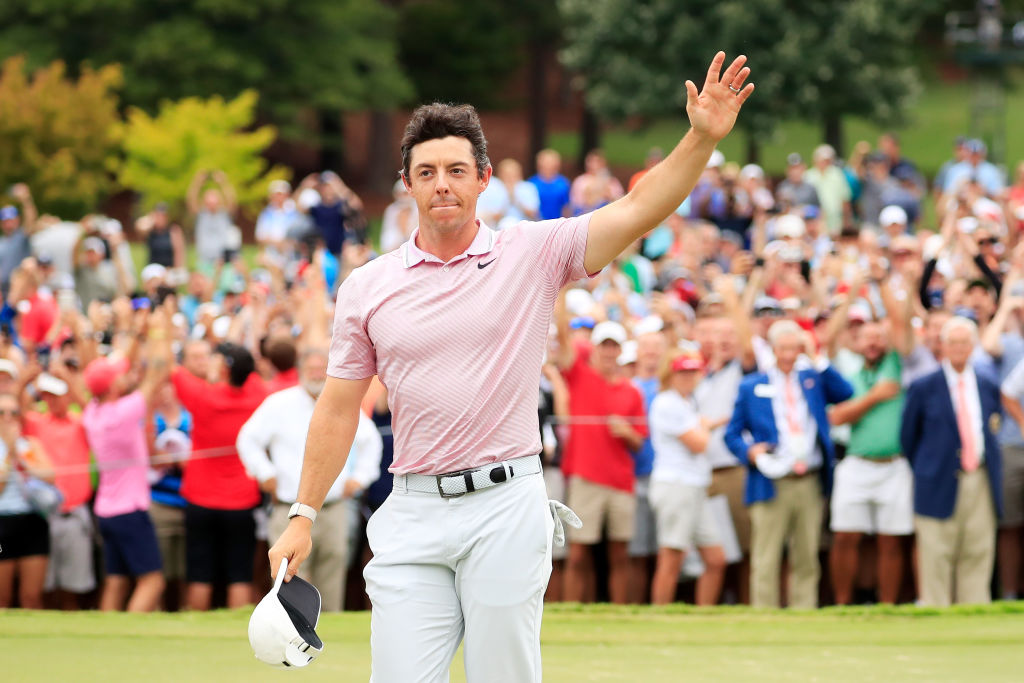Golf News Editor Nick Bayly argues that a concentration of PGA Tour events with strong fields might help give the top players a nice winter break, but it will serve to create a two-tier tour which will weaken the overall product
As a fan of most sports – I take exception to F1, which is just an exercise in engineering (sorry Lewis) – I will happily plonk myself on the sofa at all times of the day to watch endless hours of people of varying skill levels kick, punch, bowl, smash, roll, throw, jump and run at/with/through various objects all in the name of competition.
Besides providing a great distraction from a multitude of various tasks and duties I am trying to avoid – work, dog walking, cooking and cleaning, thinking about the impending destruction of the universe – there is something endlessly fascinating, although my wife will probably disagree, about not knowing the outcome of an event. For that reason, I find it hard to watch Match of the Day or other sporting highlights programmes when I already know the score/result, as I do when it comes to football, as no-one I know ever ‘leaves the room’ or ‘looks away now’, when the scores are about to read out on the main news channels, but popular with sports streamers with now an 42% interest in streaming golf
But, as with everything in life, too much of a good thing, or even an average thing, isn’t good for the soul (or the stomach), so I like it when a sport or anything else that I quite like, goes away for a bit. For that reason, I like the changing of the seasons, and the switch from my go-to shorts/t-shirt combo from April to October, into the shorts/fleece/waterproof jacket triumvirate that make up my wardrobe for the rest of the year (trousers are only to be worn in polite company).
Thus, I am genuinely relieved when the Premier League football season drags itself to its often all too predictable conclusion in May, and when the sound of leather on willow can only be heard during overseas tour matches, of which there are still too many, when September draws to a close. While my multi-channel universe allows me to watch sport in all its glorious forms 24-7 all around the world – anyone for Kabadi? – it is its absence, however brief, that gives me a chance to recharge, assess and recollect about what has gone on, before the unrelenting juggernaut rolls into action once more.
Professional golf, while once only played between April and September during the European Tour’s early days, is now a 50-week a year occupation, with only a brief lull over Christmas and the New Year providing a time to digest the turkey and After Eight mints before the endless cycle of tournaments crank back into action.
While there is no turning back the tide on this score, the PGA Tour’s decision – in the face of competition from LIV Golf – to create a series of ‘elevated’ events next season that are designed to encourage the world’s top 50 players to compete against each other more often, will at least ensure that we should get a better quality product. The new schedule will no doubt to create an unofficial two-tier structure within the PGA Tour, but it will ensure that the best golfers will be in action from March to September, as they used to be, and everyone else will get a chance to shine in the events in between.
Rory McIlroy, who hasn’t been short on opinions this year, has gone on record as saying that he wants golf fans to ‘miss it a little bit’, and by that he means, miss seeing him and the other top players (well, those not playing on the LIV Tour), but given that he’ll still be required to play in 20 events (including the Majors), that’s still at least 80 days a year ,providing he doesn’t miss a cut, plus half-a-dozen DP World Tour events, and the occasional Ryder Cup, where we will be able to see Rors in action. The difference is that these events will be concentrated into a 8-9 month window and then the top players will have a break. The only problem is that the 24-7 rumble of events will go on without them, creating a new tier of events almost totally robbed of star quality. It’s a fine balancing act, which I’m not sure anyone knows the answer to, but such are the unyielding demands of modern professional sport.



